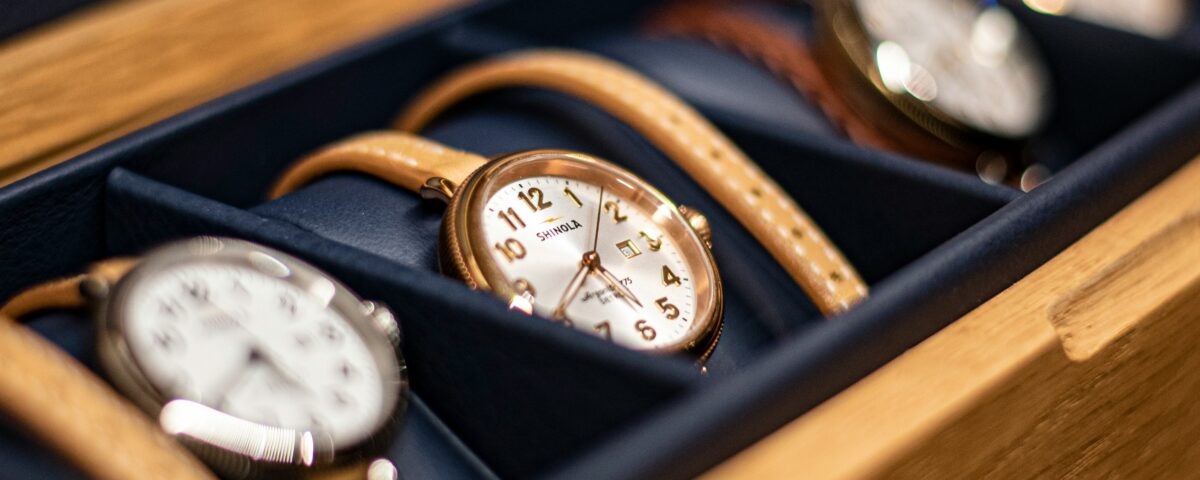The Heartbeat of Time: Understanding the Movement of Automatic Watches

Mastering Free Streaming Sites: Finding Quality Films on Platforms Like 123Movies
May 6, 2024
How a Quick Massage Can Boost Productivity on Your Business Trip
June 12, 2024The Heartbeat of Time: Understanding the Movement of Automatic Watches

## Introduction to Automatic Watches
Automatic watches are a marvel of engineering, capturing the fascination of horology enthusiasts worldwide. Unlike their quartz counterparts, which rely on batteries, automatic watches are powered by the motion of the wearer’s wrist. This article delves into the inner workings of automatic watch movements, shedding light on the intricate mechanisms that keep these timepieces ticking.
## How Automatic Watches Work
### The Basics of Movement
At the core of every automatic watch, like Kataphrakt Hoplon, lies its movement, an intricate assembly of gears, springs, and rotors. The movement is responsible for measuring and displaying time. In automatic watches, the rotor plays a crucial role. It is a semicircular weight that spins freely, winding the mainspring whenever the watch is moved. This mainspring stores energy, which is then released in a controlled manner to power the watch.
### Components of the Movement
- **Rotor**: The rotor is a key component that rotates with the motion of the wearer’s wrist, winding the mainspring.
- **Mainspring**: This is the power source of the watch. It stores energy and releases it to drive the watch’s gears.
- **Escapement**: The escapement regulates the release of energy from the mainspring, ensuring the gears move at a consistent rate.
- **Balance Wheel**: Working in tandem with the escapement, the balance wheel oscillates back and forth, helping to maintain accurate timekeeping.
- **Gear Train**: A series of gears that transmit energy from the mainspring to the escapement and hands of the watch.
### Power Reserve
One of the fascinating aspects of automatic watches is their power reserve. This refers to the amount of time a fully wound watch can run without additional movement. Most automatic watches have a power reserve ranging from 38 to 48 hours. High-end models can offer reserves of 72 hours or more. This feature ensures that the watch continues to operate even when not worn for a day or two.
## The Appeal of Automatic Watches
### Craftsmanship and Precision
The allure of automatic watches lies in their craftsmanship. Each watch is a testament to human ingenuity, featuring complex mechanisms that are assembled with precision. This attention to detail and the skill required to create these timepieces make them highly valued by collectors and enthusiasts.
### The Connection to Tradition
Automatic watches also offer a tangible connection to the history of watchmaking. Unlike digital or quartz watches, which are products of modern technology, automatic watches have roots that stretch back centuries. This historical connection adds a layer of appreciation for those who wear them, knowing they are part of a long-standing tradition.
### Environmental Benefits
In an age where sustainability is increasingly important, automatic watches offer an environmentally friendly alternative to battery-powered watches. Since they are powered by natural motion rather than disposable batteries, they reduce electronic waste and have a smaller environmental footprint.
## Choosing the Right Automatic Watch
### Factors to Consider
When selecting an automatic watch, several factors come into play:
- **Movement Type**: There are various types of movements, such as Swiss, Japanese, and German. Each has its own reputation and characteristics.
- **Design and Aesthetics**: The visual appeal of the watch is essential. Consider the dial, case, and strap materials.
- **Brand Reputation**: Some brands are renowned for their quality and craftsmanship. Researching the brand’s history and reviews can provide insights into the watch’s longevity and reliability.
- **Features**: Consider additional features like water resistance, date complications, and the type of crystal used (sapphire, mineral, or acrylic).
### Maintenance Tips
To ensure your automatic watch remains in optimal condition, regular maintenance is crucial:
– **Wearing Regularly**: Wearing your watch frequently keeps the movement running smoothly.
– **Winding**: If not worn daily, manually winding the watch every few days helps maintain its power reserve.
– **Cleaning**: Regular cleaning of the case and strap prevents dirt buildup. Avoid exposing the watch to harsh chemicals or extreme temperatures.
– **Servicing**: Periodic professional servicing (every 3-5 years) ensures the movement remains accurate and prolongs the watch’s lifespan.
## Conclusion
Automatic watches are more than just timekeeping devices; they are a blend of art and engineering, cherished for their beauty and mechanical prowess. Understanding the movement at the heart of these watches enhances our appreciation for their complexity and the skill involved in their creation. Whether you are a seasoned collector or new to the world of horology, automatic watches offer a timeless appeal that continues to captivate and inspire.
